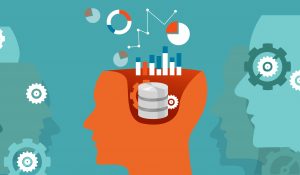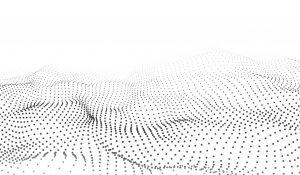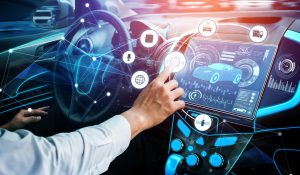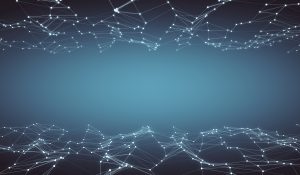


Rethinking Data Storage and Preprocessing for ML
Machine learning (ML) — and in particular deep learning — applications have sparked the development of specialized software frameworks and hardware accelerators. Frameworks like PyTorch and TensorFlow offer a clean abstraction for developing and running...
Introducing The ArchChat Social Hour: Connecting Computer Architects Everywhere
This coming March will mark a year since the computer architecture research community has been under some level of social distancing due to COVID-19. It has been a year of working at home from the kitchen table, the couch, or even from bed. Of wearing comfy...
Point Clouds are Eating the World, One Application at a Time
A point cloud literally means a collection of points. One can think of a point as a sample of a surface, and each point is represented by the [x, y, z] coordinates in the 3D space. A point could have other attributes, such as normal, RGB color, albedo, and...
The Academic Job Search: A Memoir, Part 2
Part II: On-Campus Interviews and Second Visits Interviewing for academic jobs was one of the most intellectually and socially enriching experiences that I have ever had. In a series of two blog posts, of which this is the second, I hope to demystify various aspects...
The Academic Job Search: A Memoir
Part I: Submitting Applications and First-Round Interviews Interviewing for academic jobs was one of the most intellectually and socially enriching experiences that I have ever had. In a series of two blog posts, of which this is the first, I hope to demystify various...
Why We Should Include One-Shot Revision in our Review Process
Including one-shot revision in our peer review process could lead to lower overall reviewing load, better mental health for graduate students, and better overall science. Most of the top conferences in systems and architecture follow the binary decision model: the...
Multi-Modal On-Device AI: Heterogeneous Computing Once More?
What is Multi-modal AI? Prior research on developing on-device AI solutions have primarily focused on improving the TOPS (Tera Operations Per Second) or TOPS/Watt of AI accelerators by leveraging sparsity, quantization, or efficient neural network architectures...
The Future of Sparsity in Deep Neural Networks
Sparsity in Deep Neural Networks The key characteristic of deep learning is that accuracy empirically scales with the size of the model and the amount of training data. Over the past decade, this property has enabled dramatic improvements in the state of the art...
Computer Systems Research: The Joys, the Perils, and How to Count Beans Well
This post takes a personalized, and hence subjective, look at the joys of doing leading edge computer systems research and development. It then delves into some of the perils of this activity, including bean counting, aka bibliometic indices that are not always kind to the work in this field. I then give some high-level suggestions for how to skirt the perils and embrace the joys.

